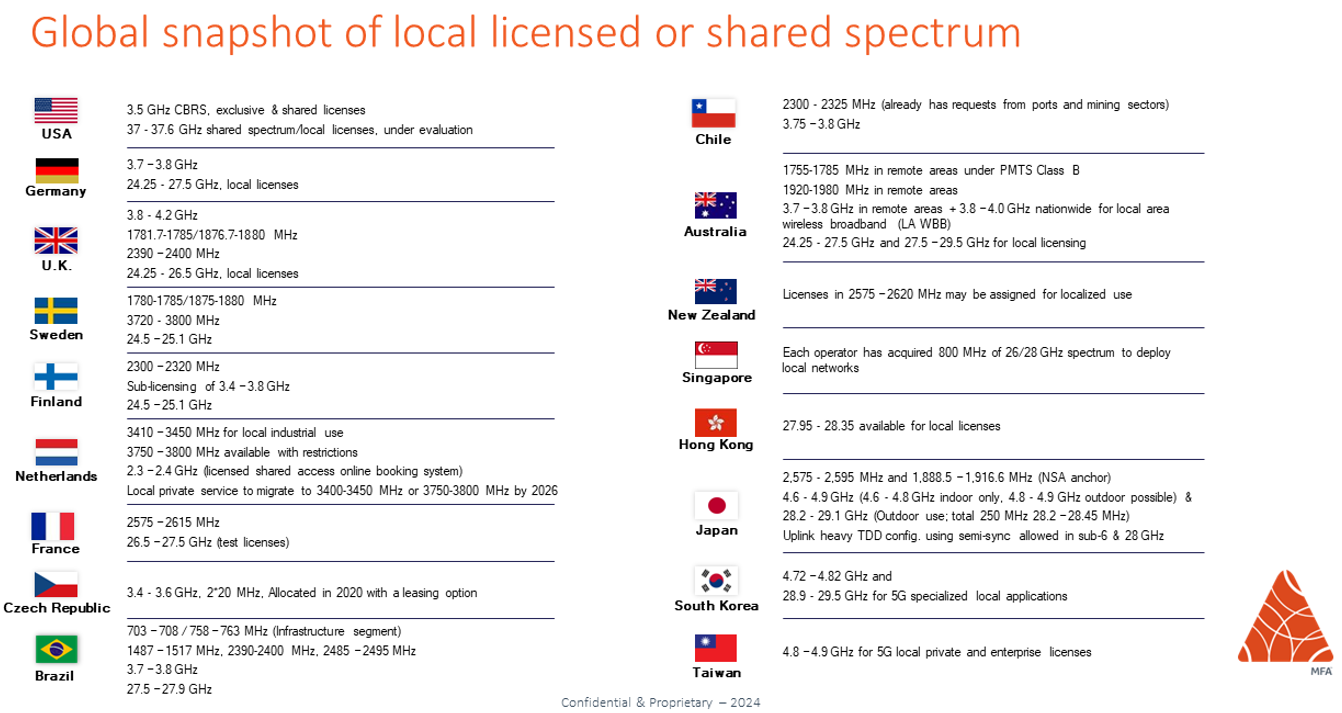Mining operations are often remote, and conditions can be extremely harsh. Unpredictable weather, a constantly shifting configuration, and volatile explosions create an environment where reliable connectivity is essential, but many solutions are difficult to maintain. Mining operations are increasingly transitioning to autonomous haulage systems to increase productivity, efficiency, and safety. Private networks are a key component in this scenario, providing a system backbone for secure and reliable connectivity that is capable of supporting the demanding workloads of autonomous vehicles.
Mining operations are often remote, and conditions can be extremely harsh. Unpredictable weather, a constantly shifting configuration, and volatile explosions create an environment where reliable connectivity is essential, but many solutions are difficult to maintain. Mining operations are increasingly transitioning to autonomous haulage systems to increase productivity, efficiency, and safety. Private networks are a key component in this scenario, providing a system backbone for secure and reliable connectivity that is capable of supporting the demanding workloads of autonomous vehicles.

Enhanced safety and security
Mining operations require strict safety protocols due to the hazardous nature of the work environment. Real-time tracking, geofencing and emergency response capabilities help protect machinery and personnel, minimizing the potential for accidental injuries and ensuring compliance.
Private networks provide enhanced security, ensuring that sensitive operational data stays on premise, isn’t subject to external threats, and allows for reliable, rapid communication between autonomous vehicles, command centers, IoT sensors and other devices. This significantly reduces the risk of system failure, unauthorized network access and operational sabotage.
Improved reliability and cost benefits
Downtime in any manufacturing or automated environment can be costly, but in mining scenarios, those costs grow exponentially. Private networks provide dedicated bandwidth access, meaning the operation benefits from consistent performance, regardless of demand. This level of reliability is critical for autonomous vehicles as they navigate complex terrains, communicate between devices, and transport resources throughout the mining environment.
Since private networks can also be tailored to meet the specific needs of a particular site, from managing the unique topography to ensuring signal coverage between vehicles in underground areas, predictive maintenance systems can be utilized to analyze equipment performance in real time. This level of monitoring can help identify and address potential issues before they lead to mechanical failures or stalls.
Reduced latency and consistent connectivity
Low-latency communication is essential for autonomous operations, particularly when split-second decisions mean avoiding a potentially catastrophic collision by providing real-time rerouting. Private networks drastically reduce latency compared to other options, enabling rapid decision-making and more responsive control systems. In a mining environment where conditions can change rapidly and vehicle coordination demands are near-instantaneous, consistent connectivity and responsiveness are crucial.
Along with low-latency, autonomous vehicle mining operations require exceptional system stability. Communication lapses can lead to operational disruptions, safety incidents, equipment damage, and a variety of other dangerous and costly situations. Deploying a private network establishes a dedicated, stable and mission-critical communication system, allowing for streamlined integration with automation platforms, remote monitoring tools and AI-driven decision-making protocols, resulting in a more efficient operation overall.
Conclusion
As mining companies embrace autonomous haulage systems, private networks are becoming the de facto solution. Enabling the secure, reliable, and high-performance infrastructure necessary to support autonomous fleets, private networks are not only future-proofing mining operations but also unlocking new levels of safety, efficiency and profitability, paving the way for a more sustainable mining industry.
Learn more about the deployment tools and resources the Alliance offers by downloading our latest white paper. Connect with us via LinkedIn and X, and sign up to receive our quarterly newsletter today!
Meet us at Smart Manufacturing Week on June 4-5 in Birmingham, UK.







